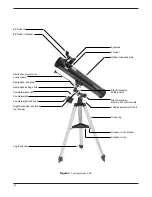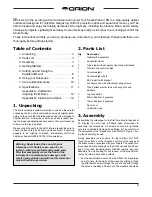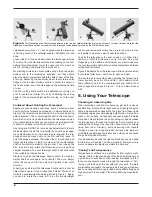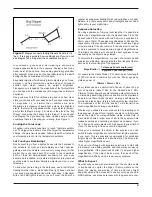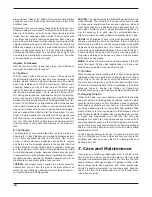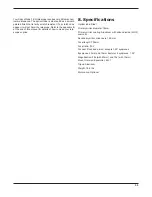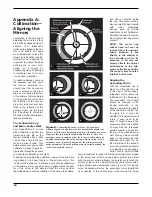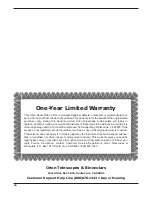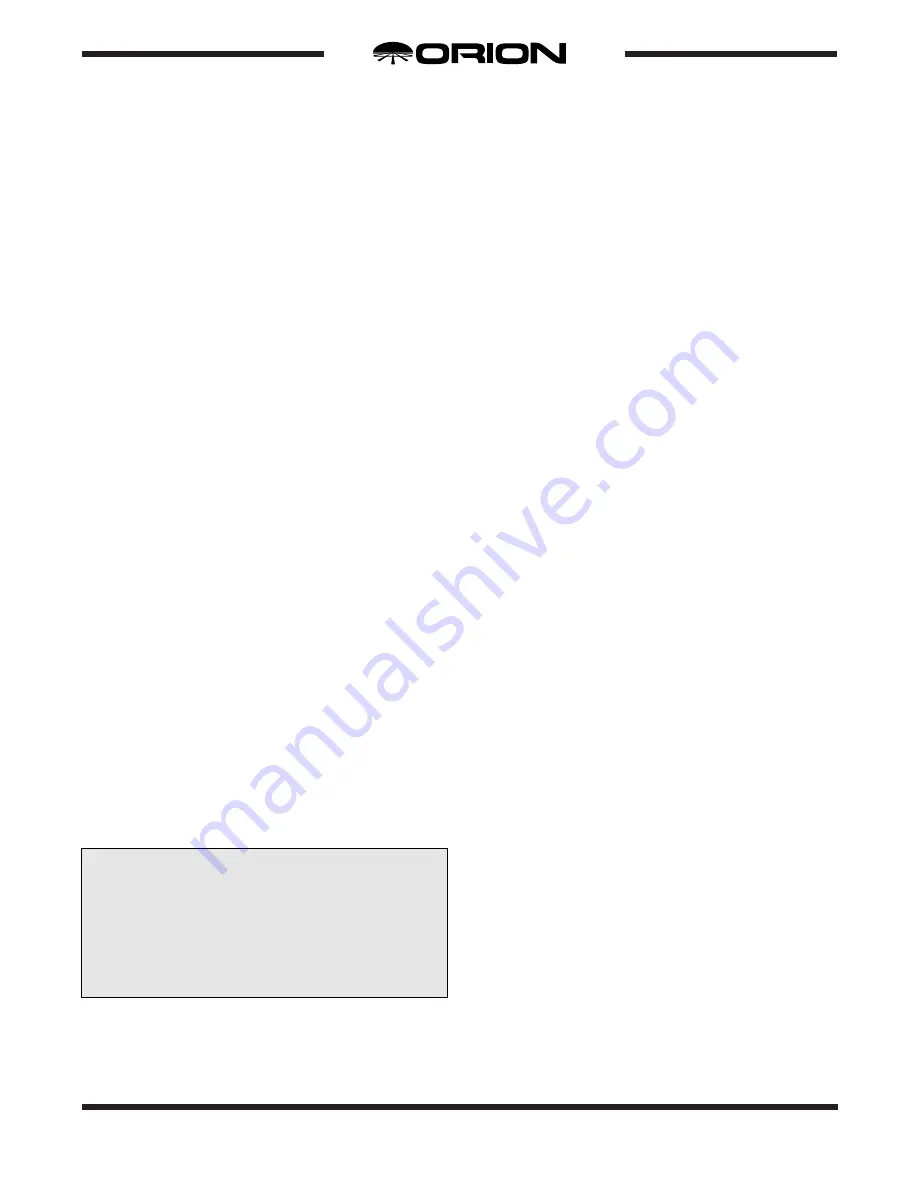
3
Table of Contents
1. Unpacking . . . . . . . . . . . . . . . . . . . . . . . 3
2. Parts List . . . . . . . . . . . . . . . . . . . . . . . . 3
3. Assembly . . . . . . . . . . . . . . . . . . . . . . . . 3
4. Getting Started . . . . . . . . . . . . . . . . . . . . 4
5. Setting up and Using the
Equatorial Mount . . . . . . . . . . . . . . . . . . 6
6. Using your Telescope . . . . . . . . . . . . . . . 8
7. Care and Maintenance . . . . . . . . . . . . . 10
8. Specifications . . . . . . . . . . . . . . . . . . . . 11
Appendix A: Collimation
(Aligning the Mirrors) . . . . . . . . . . . . . . 12
Appendix B: Cleaning the Optics . . . . . 14
1. Unpacking
The entire telescope system will arrive in one box. Be careful
unpacking the box. We recommend keeping all original pack-
aging. In the event that the telescope needs to be shipped to
another location, or returned to Orion for warranty repair, hav-
ing the proper packaging will help ensure that your telescope
will survive the journey intact.
Make sure all the parts in the Part List are present. Be sure to
check the box carefully, as some parts are small. If anything
appears to be missing or broken, immediately call Orion
Customer Support (800-676-1343) for assistance.
2. Parts List
Qty.
Description
1
Optical tube assembly
1
Equatorial mount
3
Tripod legs with accessory tray bracket attached
2
Slow-motion control cables
1
Counterweight
1
Counterweight shaft
1
EZ Finder II with bracket
1
Accessory tray with attachment wing screws
3
Tripod attachment screws with wing nuts and
washers
3
Leg lock knobs
1
25mm Explorer II eyepiece
1
10mm Explorer II eyepiece
1
Dust cover
1
Collimation cap
3. Assembly
Assembling the telescope for the first time should take about
30 minutes. You will need a Phillips head screwdriver to
assemble the telescope. All screws should be tightened
securely to eliminate flexing and wobbling, but be careful not
to over-tighten or the threads may strip. Refer to Figure 1 dur-
ing the assembly process.
During assembly (and anytime, for that matter), DO NOT
touch the surfaces of the telescope mirrors or the lenses of
the finder scope or eyepiece with your fingers. The optical sur-
faces have delicate coatings on them that can easily be dam-
aged if touched inappropriately. NEVER remove any lens
assembly from its housing for any reason, or the product war-
ranty and return policy will be voided.
1. Lay the equatorial mount on its side. Attach the tripod legs,
one at a time, to the base of the mount by sliding a tripod
leg attachment screw through the top of a leg and through
the holes in the base of the mount. The washers should be
W
elcome to the exciting world of amateur astronomy! Your SpaceProbe 3 EQ is a high-quality optical
instrument designed for nighttime stargazing. With its precision optics and equatorial mount, you’ll be
able to locate and enjoy fascinating denizens of the night sky, including the planets, Moon, and a variety
of deep-sky objects. Lightweight and easy to use, this scope will provide many hours of enjoyment for the
whole family.
These instructions will help you set up, properly use, and care for your telescope. Please read them over
thoroughly before getting started.
Warning: Never look at the sun with your
telescope or its finderscope—even for an
instant—without a professionally made solar
filter that completely covers the front of the
instrument, or permanent eye damage could
result. Young children should use this telescope
only with adult supervision.
®
Summary of Contents for SpaceProbe 3 EQ 9844
Page 15: ...15 ...


